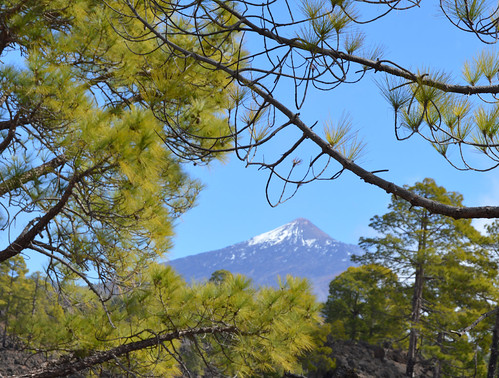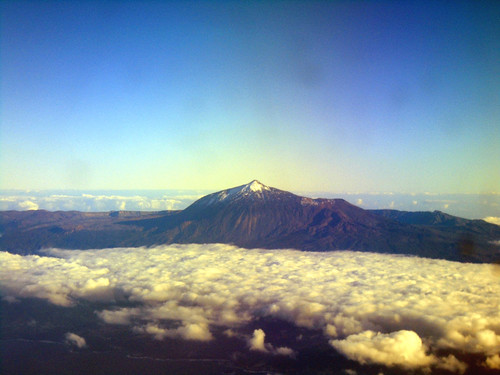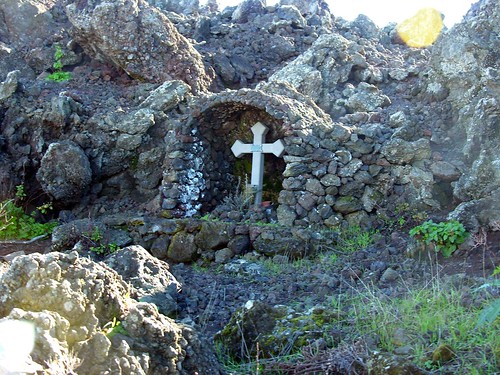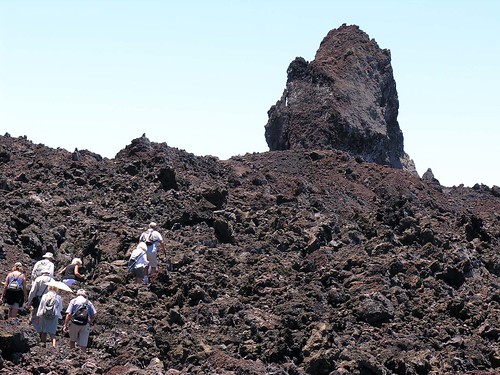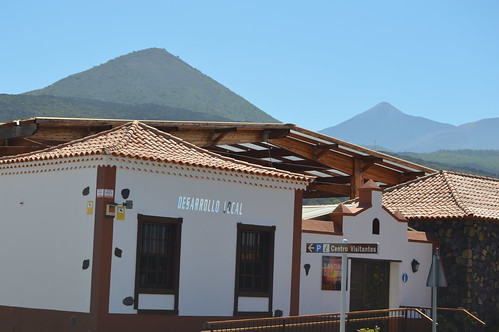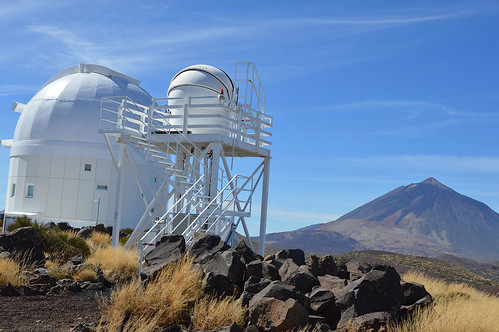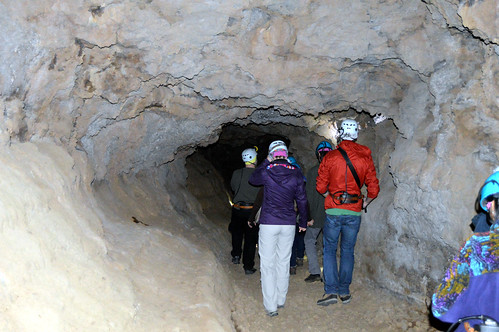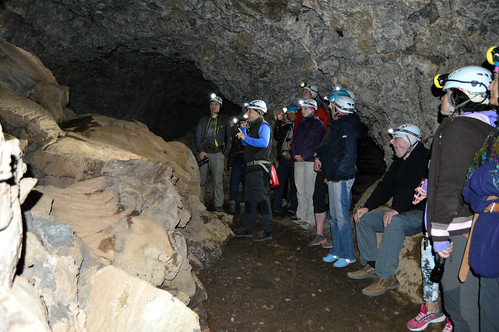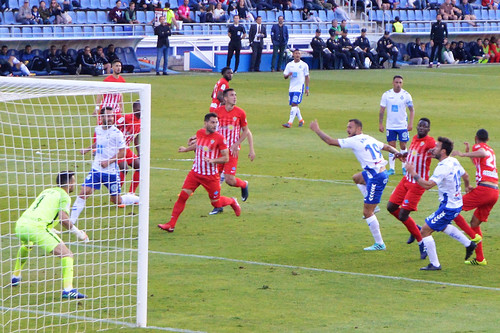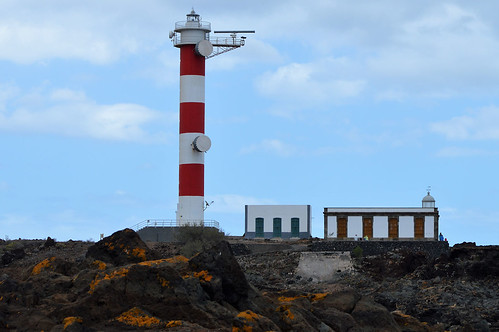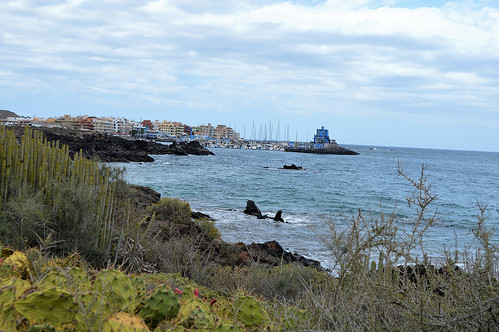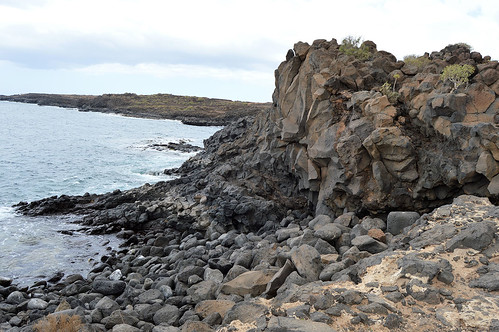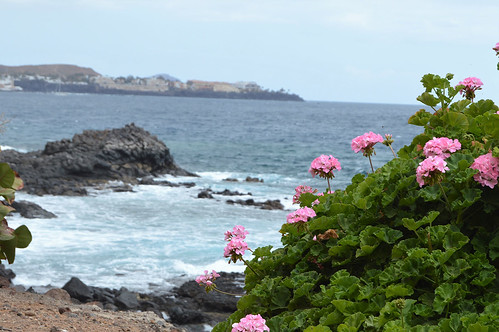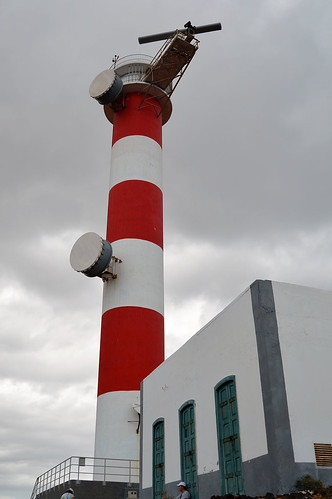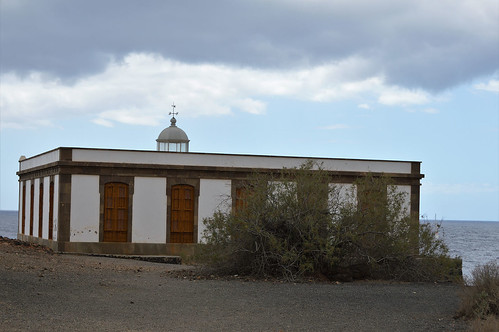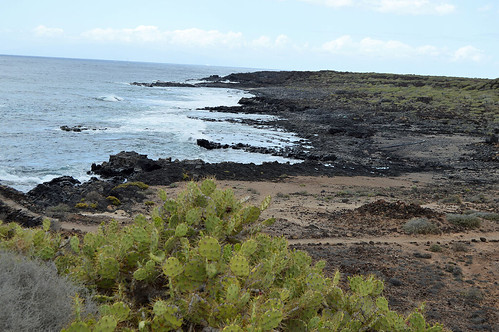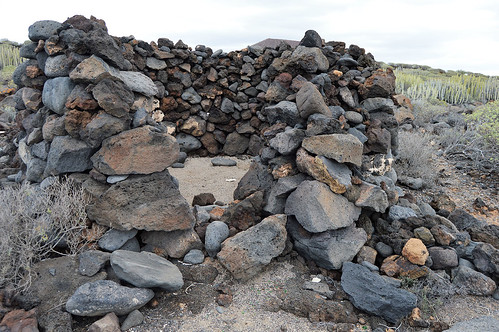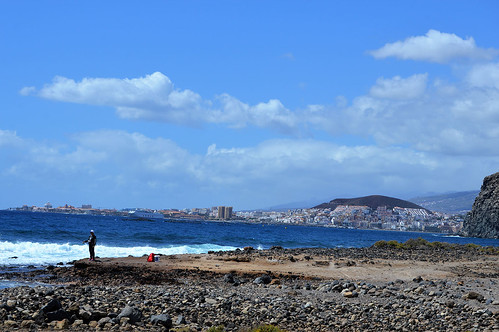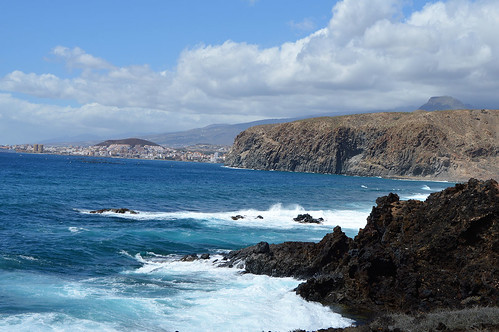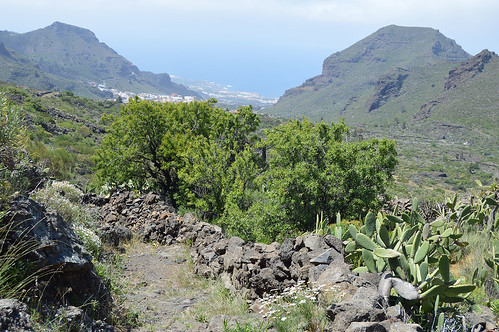
Had I sleep walked in the night to set the scene in Santiago del Teide? I don´t think so, but the Tenerife town was pretty near perfect as I hopped off the 460 Titsa bus from Costa Adeje bus station. The church clock chimed 11 am, and whispy clouds edged across the tops of the pine forest as the sun burst through for a very acceptable 17 degrees.
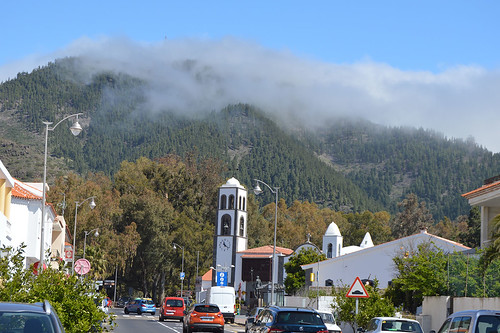
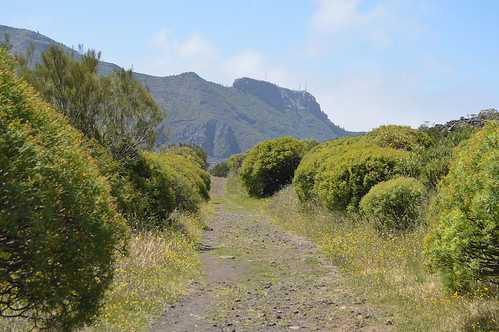
A coffee and cake in Bar Soto set me up nicely for a stroll down the main street, flower crosses survived from the recent Day of the Cross, even Meatloaf vowing to do Anything For Love from a nearby bar seemed to fit in with the romantic setting. The unpretentious opening to the Camino Real walk drew me in, this old trading route had seen my plodding feet before. Each 6.7 km walk down to Puerto de Santiago had been different due to season, time, and weather, and this one followed that pattern. The first part of the stroll was just a few feet away from the main road but felt like another timeless kingdom, serenely quiet with tunnel vision to the high mountain my bus had skirted around and down. Faint bird song, gently swaying grasses, and beaming flowers competed for my attention.
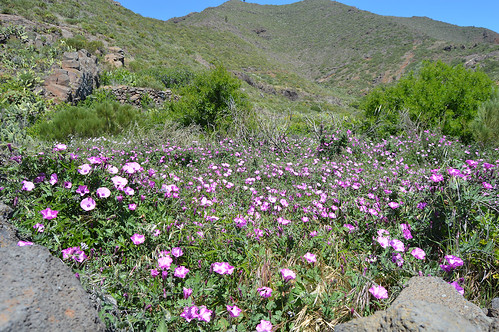
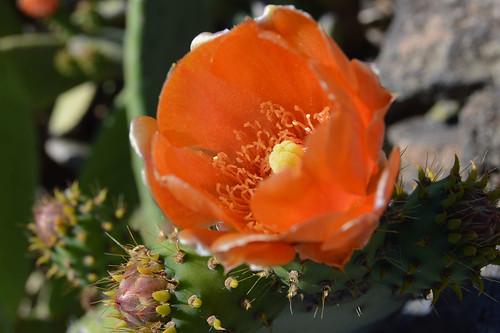
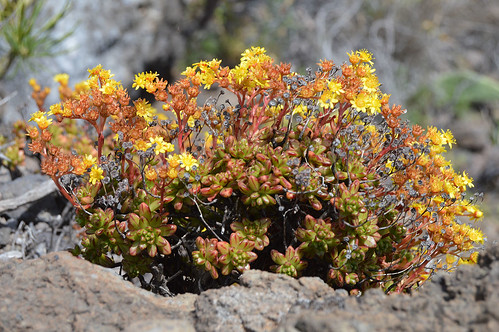
The trickle of water in rubber clad pipes led me gently down to the first crossroads where two elderly locals sat chewing the fat at the base of a sign post pointing up to Roque Blanco. I gave the hour long detour a miss this time and followed the steep descent down to the old water pumping station. Tamaimo lay ahead in the distance, the sound of mobile PA announcements for the Adeje rally that would pass through later drifted across on the breeze. I passed a party of around 20 French walkers as they were taking a short breather, normally it´s not a busy route but maybe it had picked up a few that had found out in Santiago del Teide that their Masca barranco destination was temporarily closed.
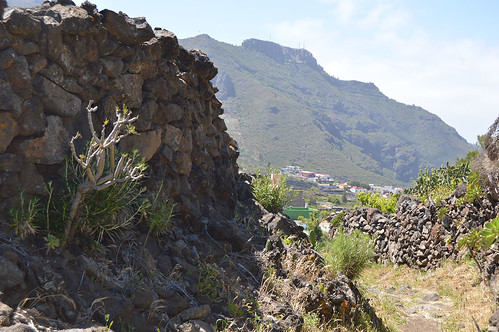
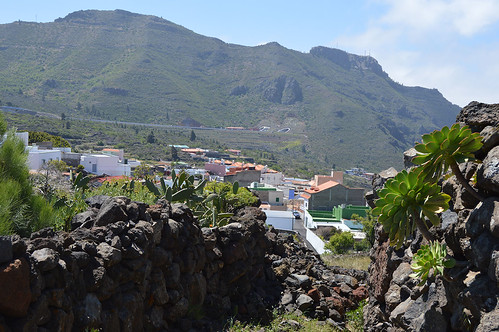
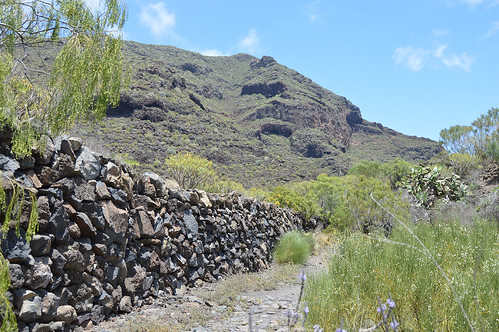
The art of stone wall building dominated the route and guided me onwards and down through the dry river bed near the Tamiamo exit. I have never seen anything more than a few mini gulleys of water through this stretch, just as well, it needed some nimble footing to follow the marked signs through the rough stone floor. A few stray cats seemed quite at home leaping from rock to rock but their claws looked none too friendly. Further down the coast loomed into distant view, stretching through Playa del a Arena and on to Alcala. The steep sided valley showed openings for old cave dwellings, and on the other side the barranco funnelled water doen to sets of ever larger reservoirs that fed farms. Four ostrich’s wandered aimlessly in one yard far below, I bet the cats keep well away from them.
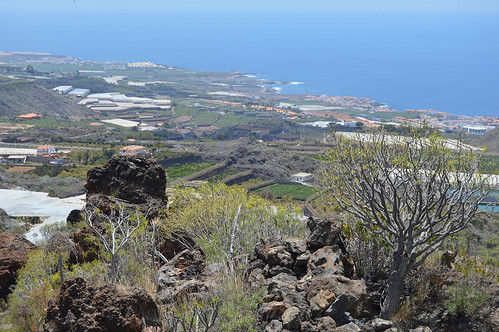
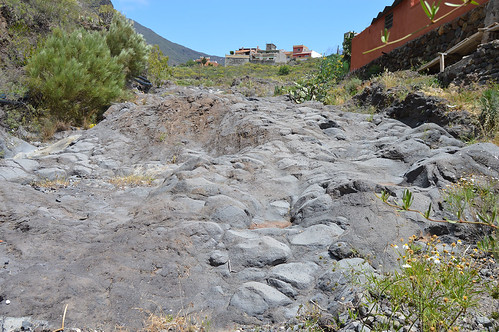
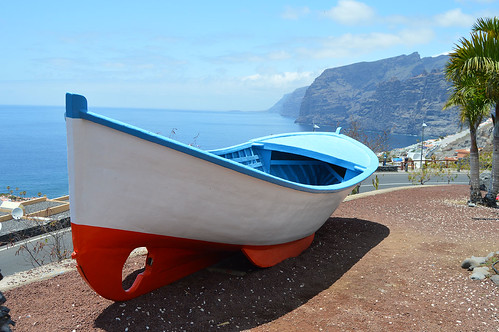
The final leg involved a slight descent to a commercial banana plantation, as the route skirted around the edge of netting covered groves before emerging just above Puerto de Santiago, around three hours after my start. The afternoon heat was stronger nearer the coast but the thought of a cold Dorada encouraged me to push on down past the Mirador over looking Los Gigantes.
